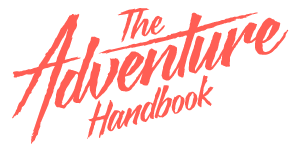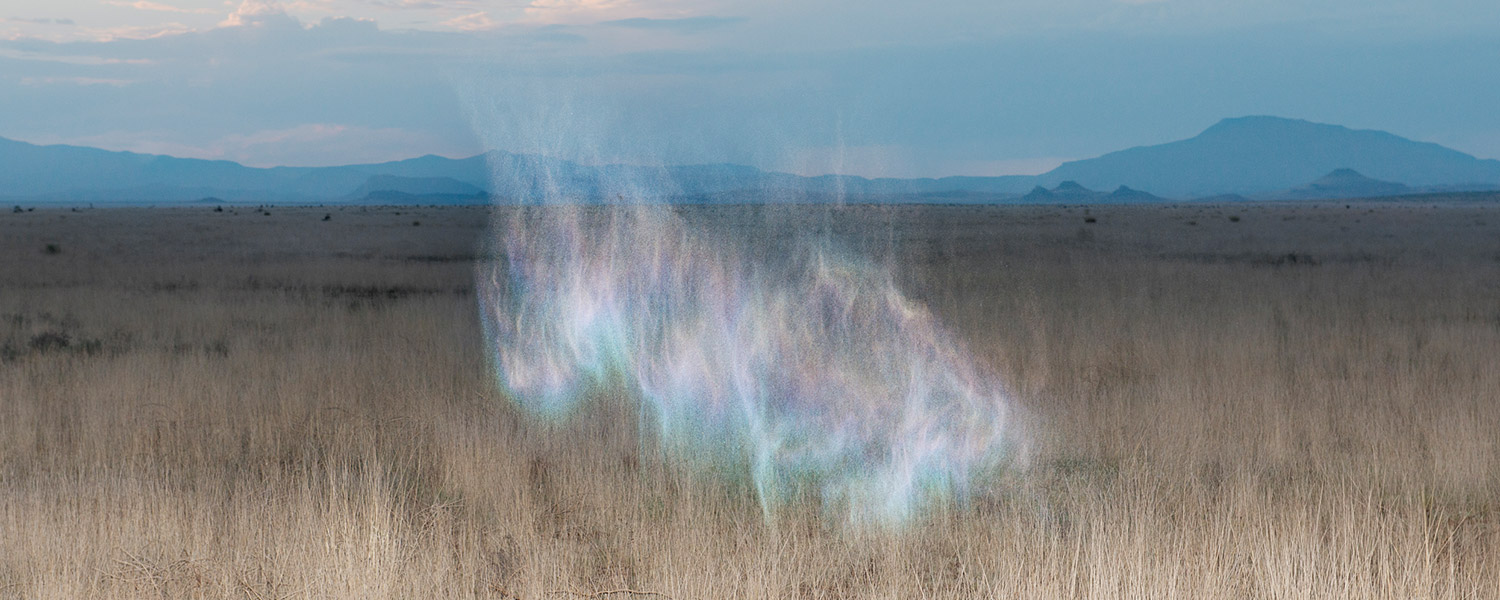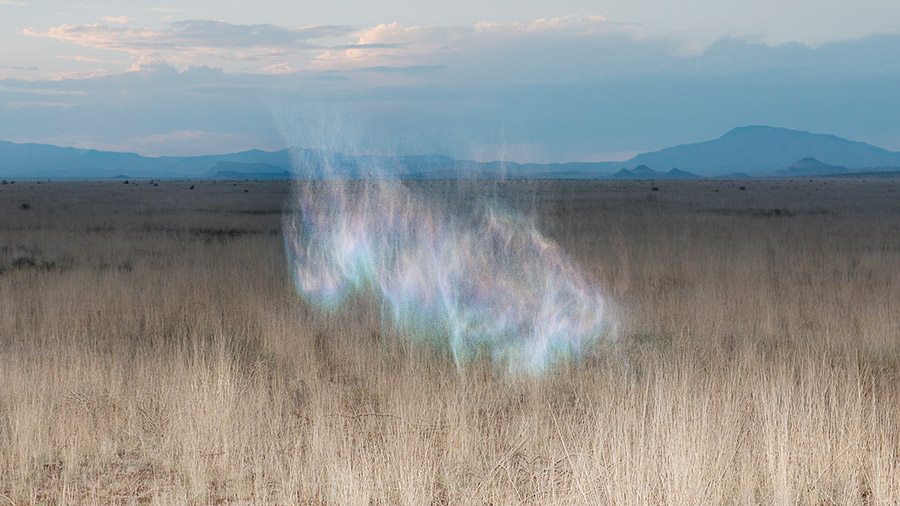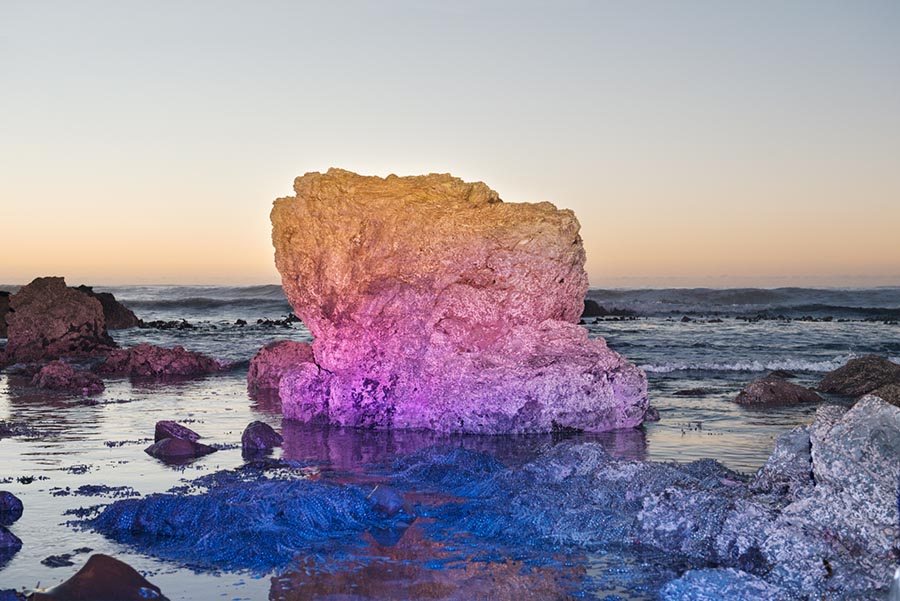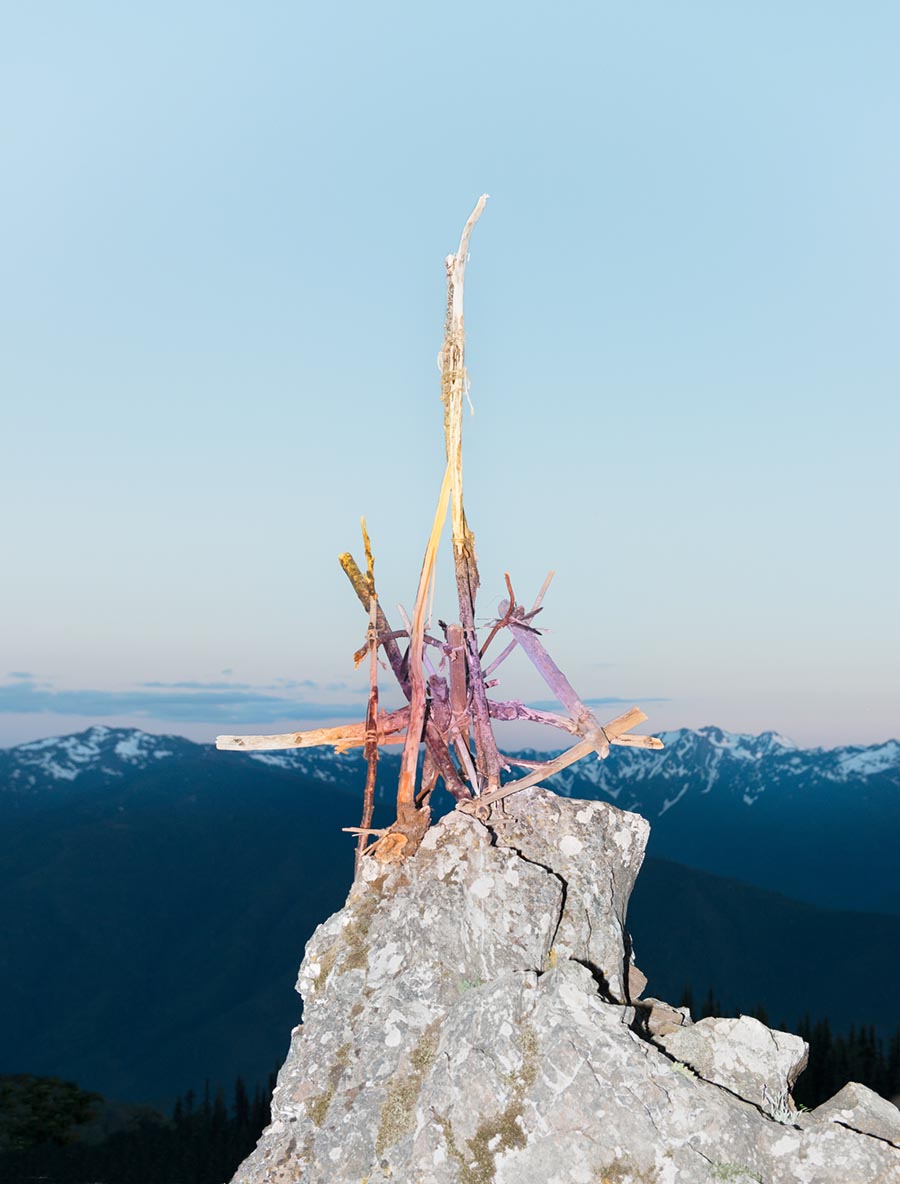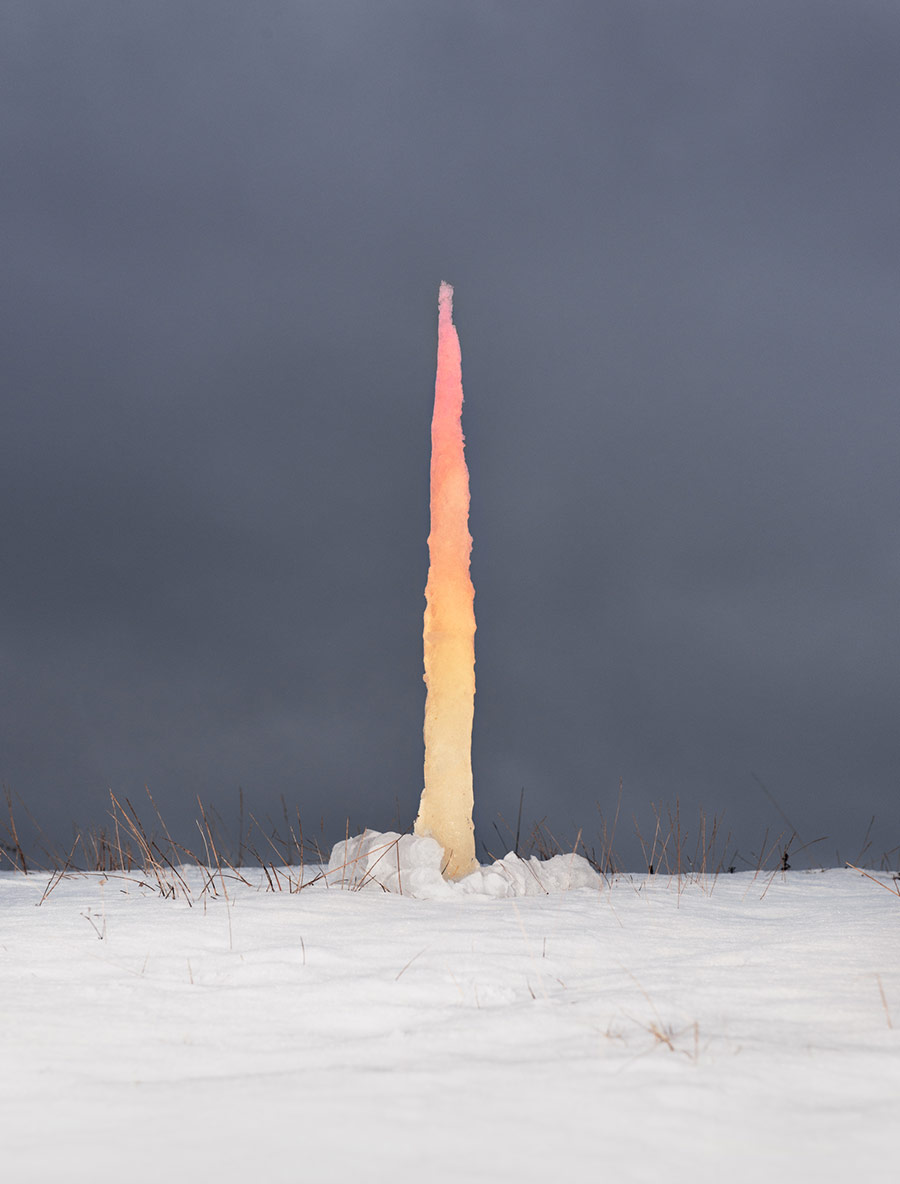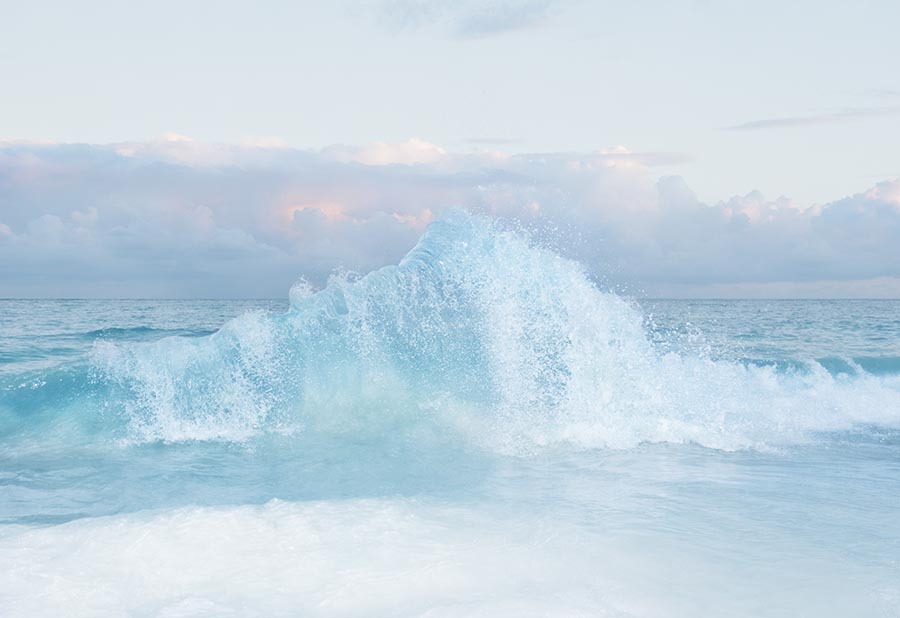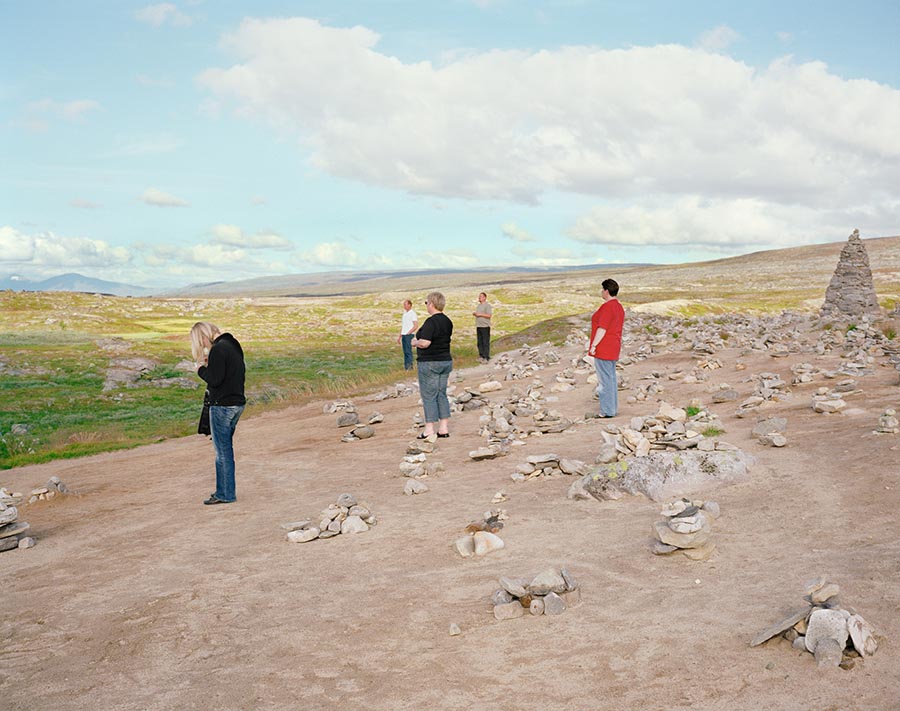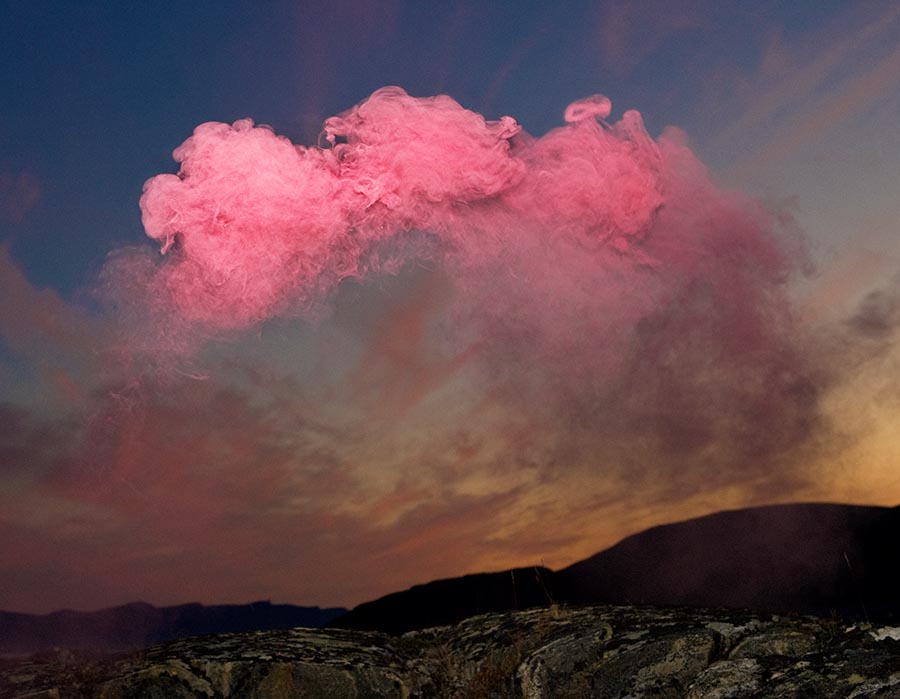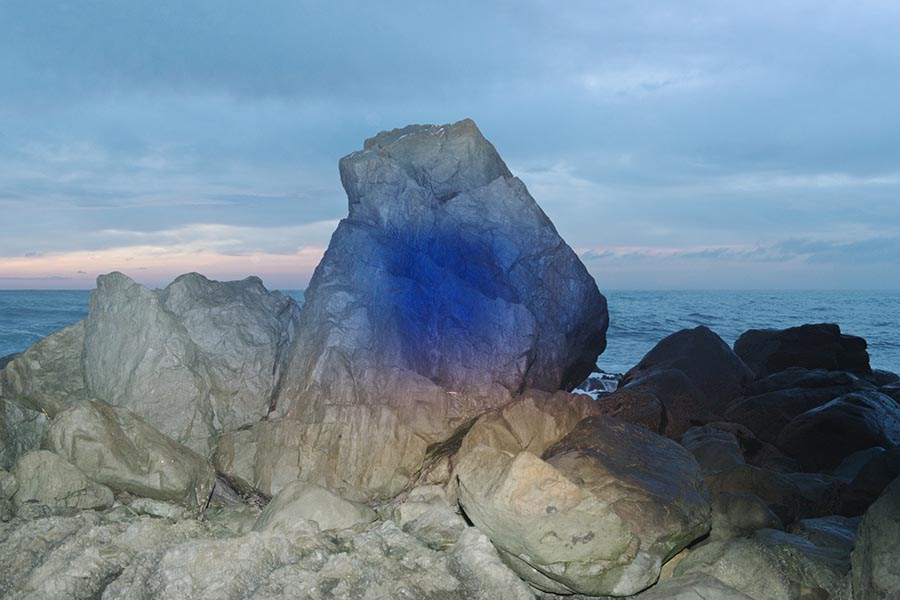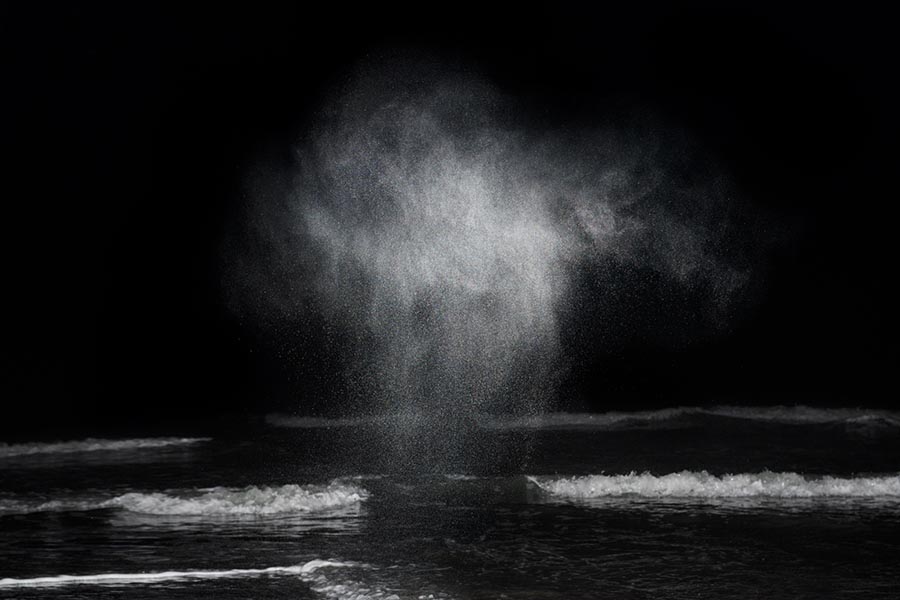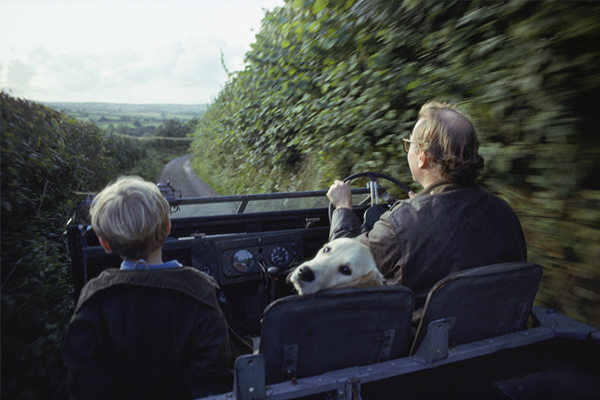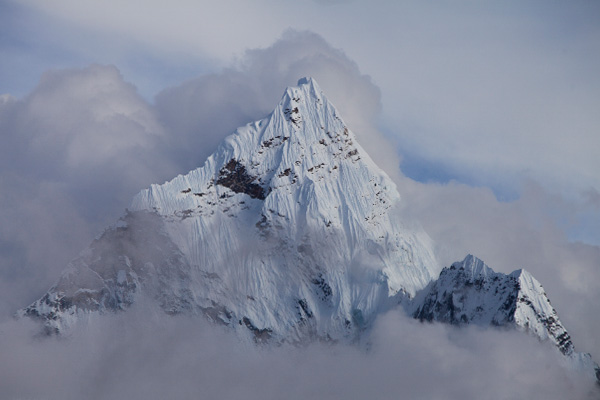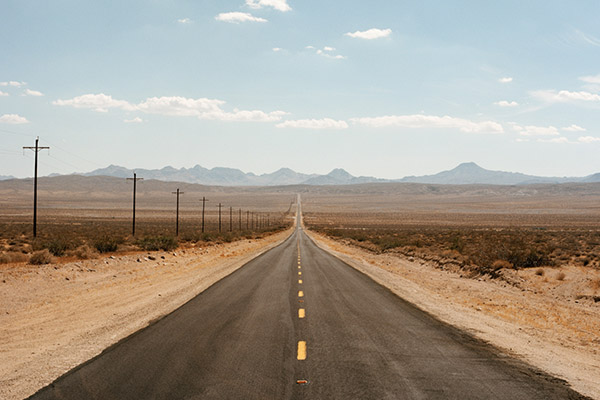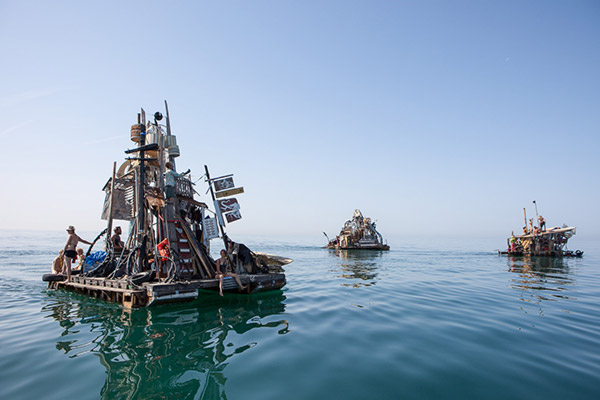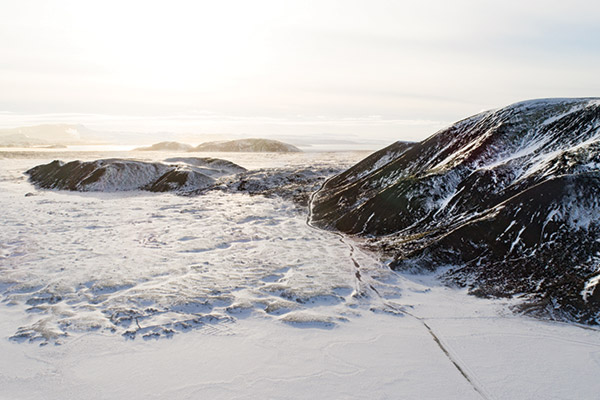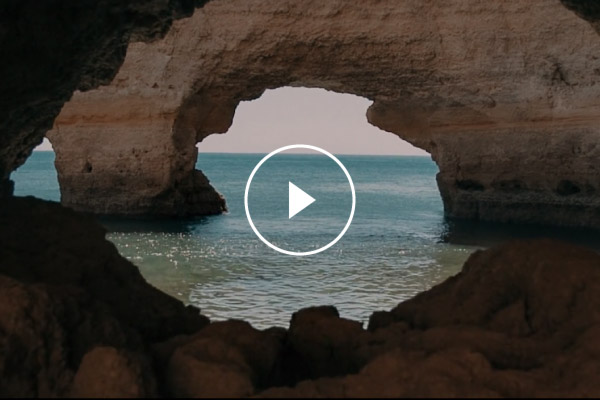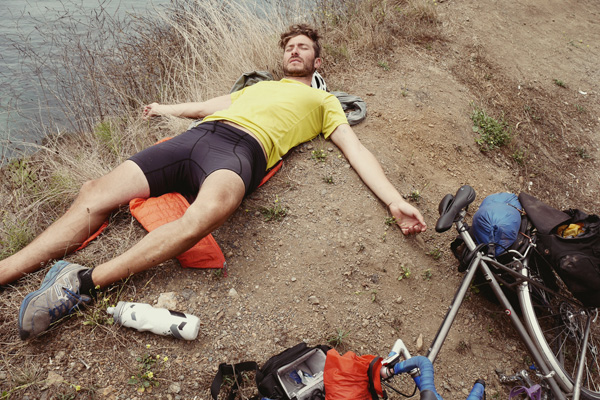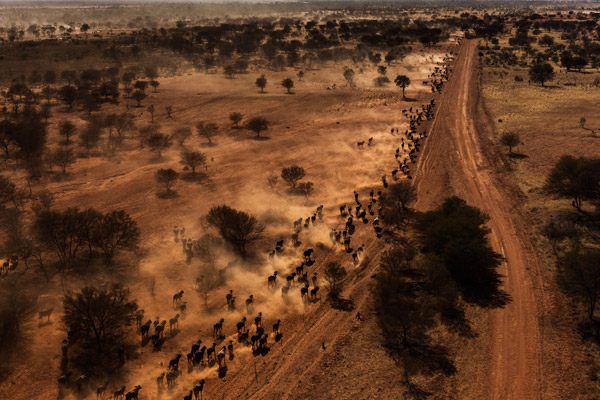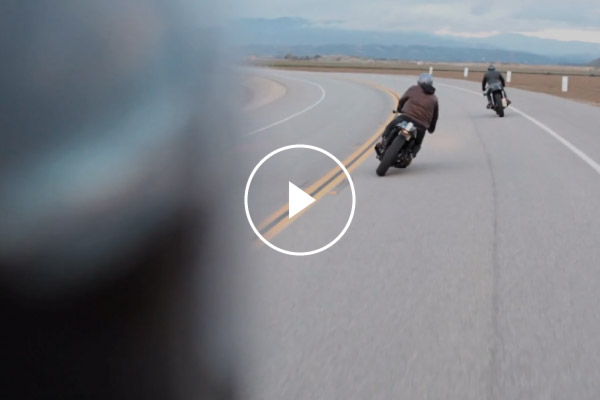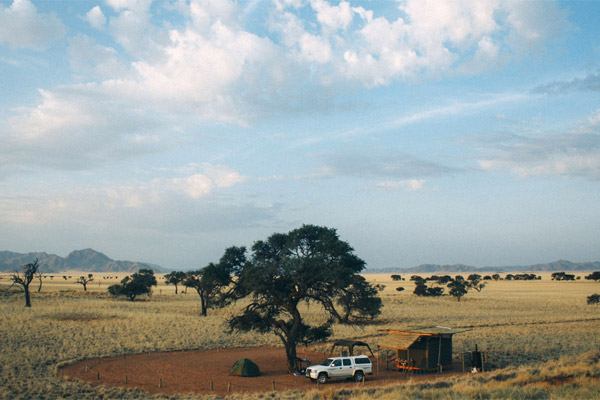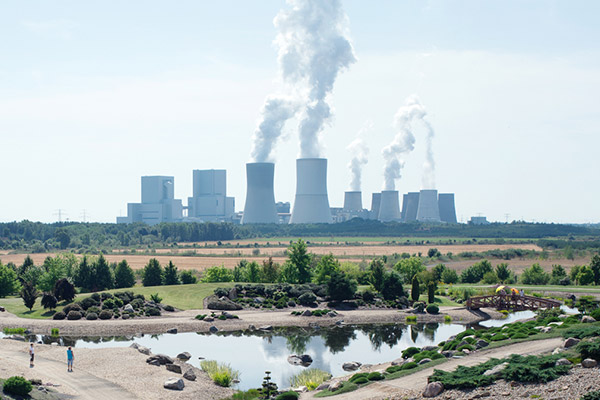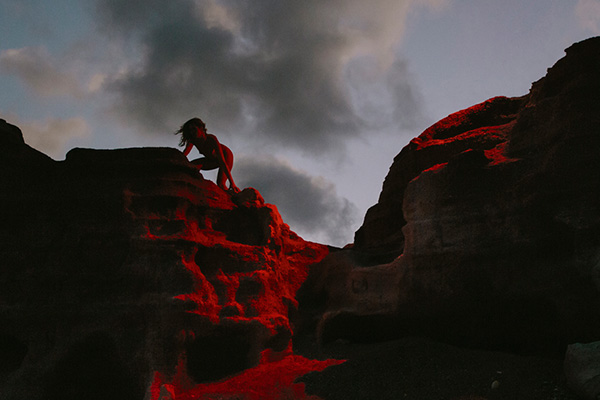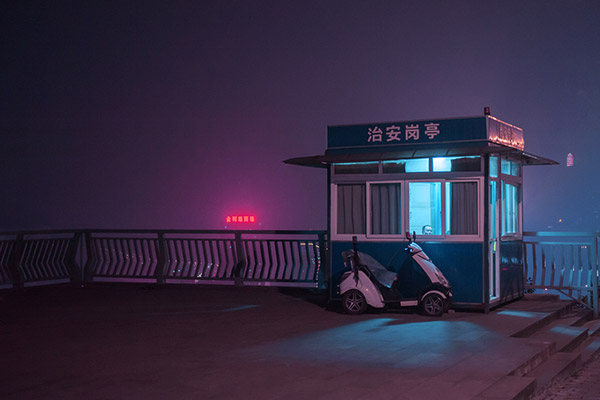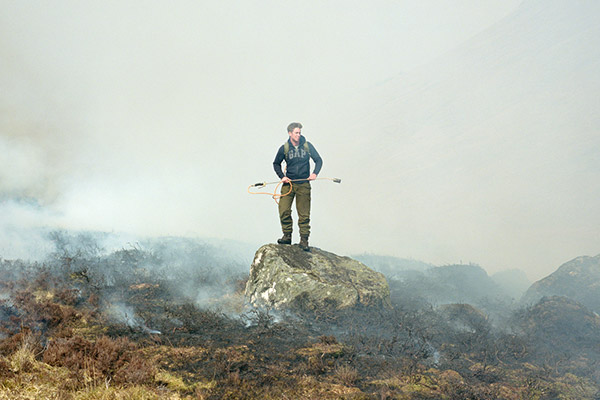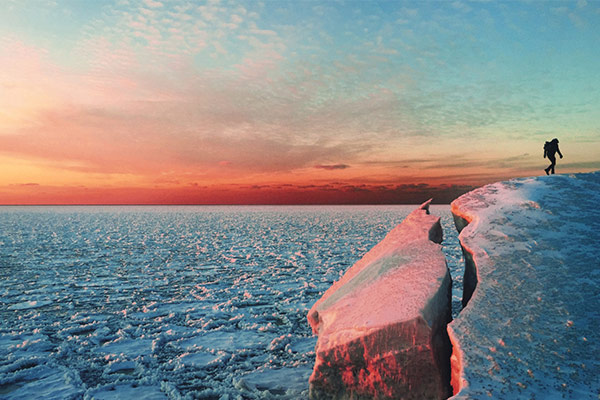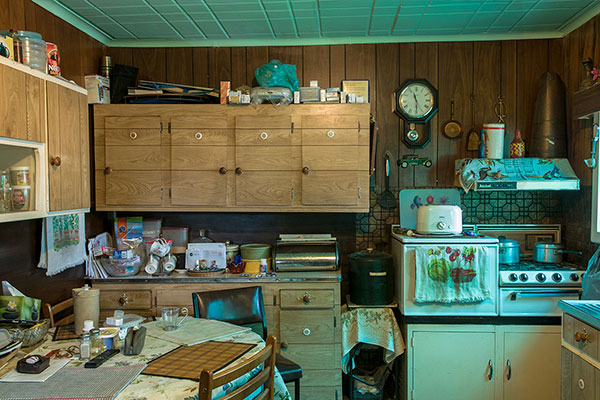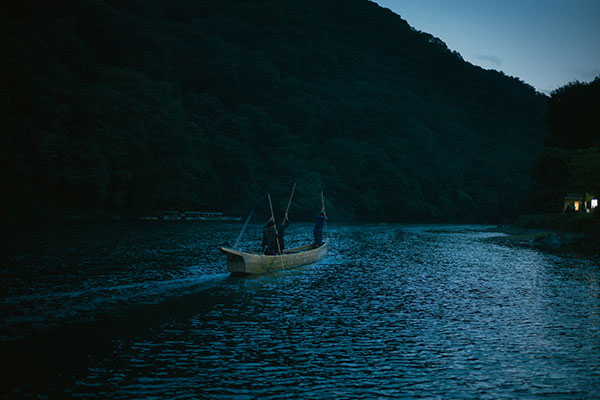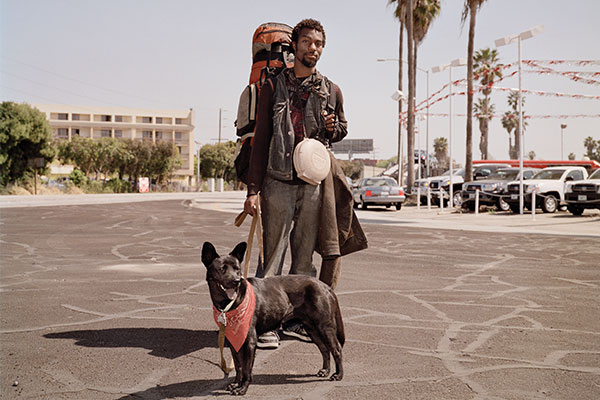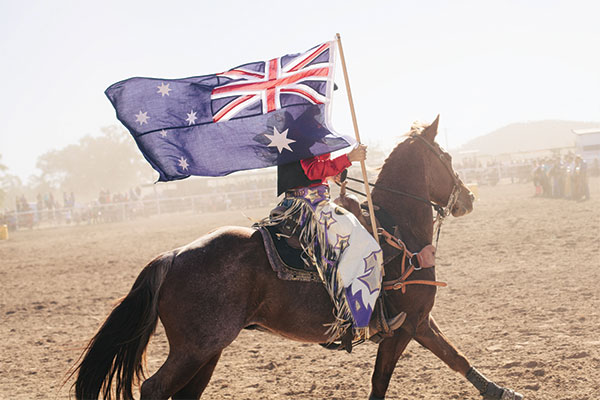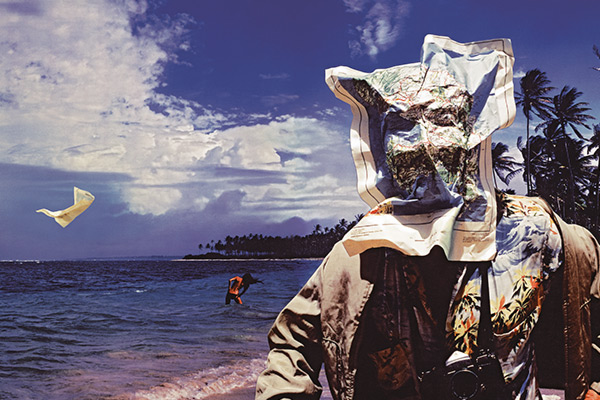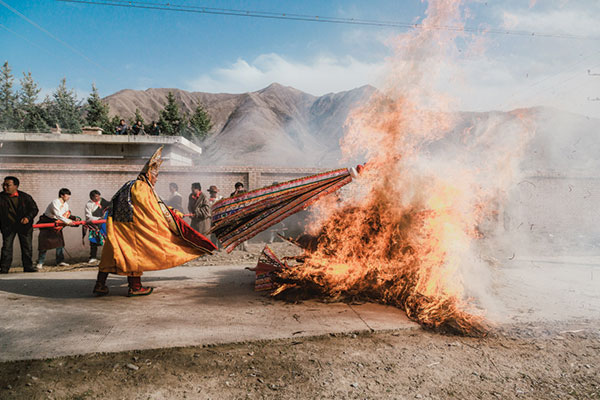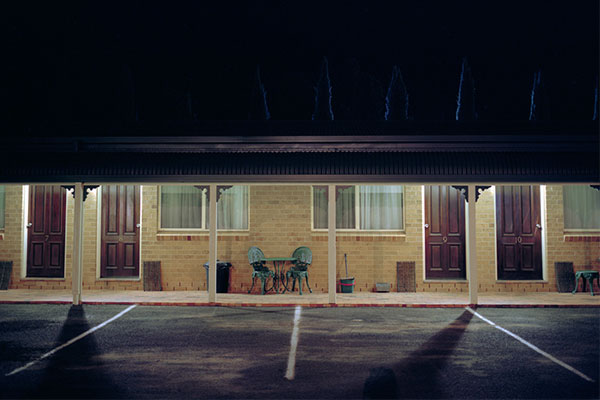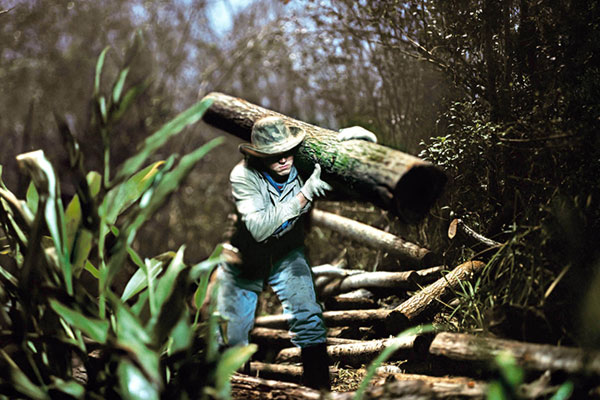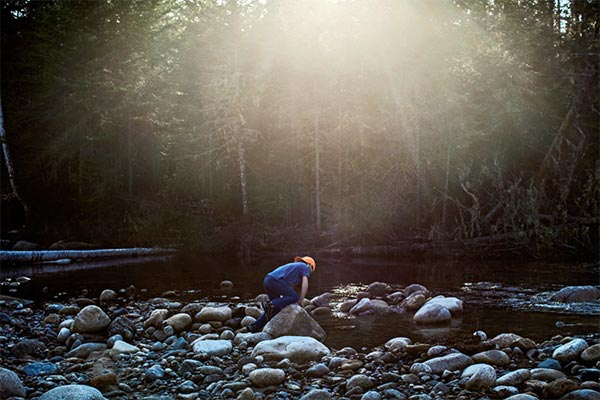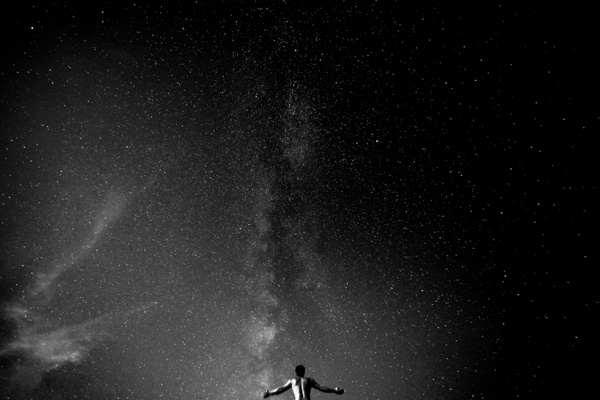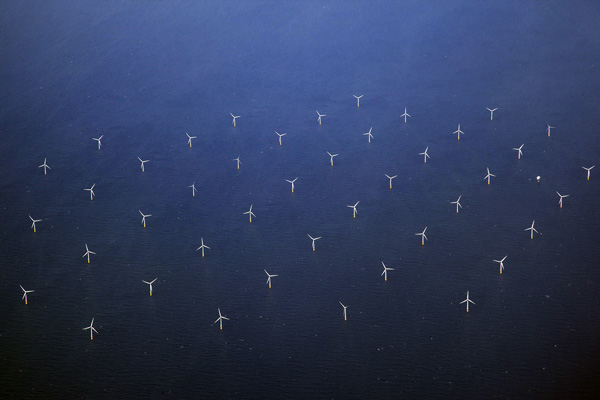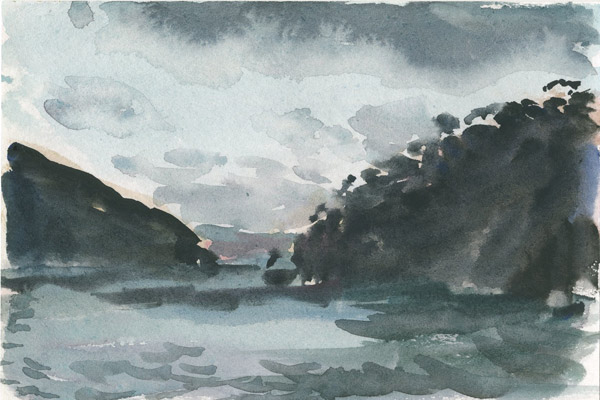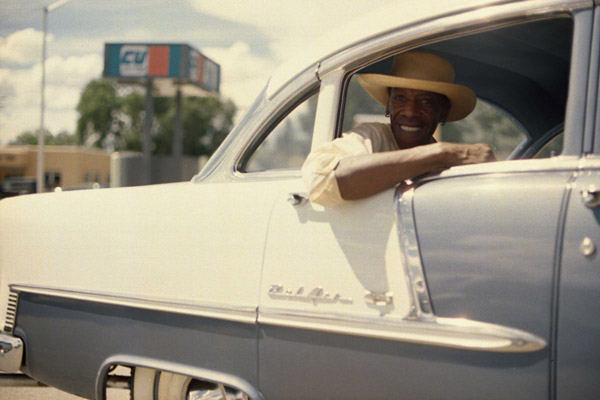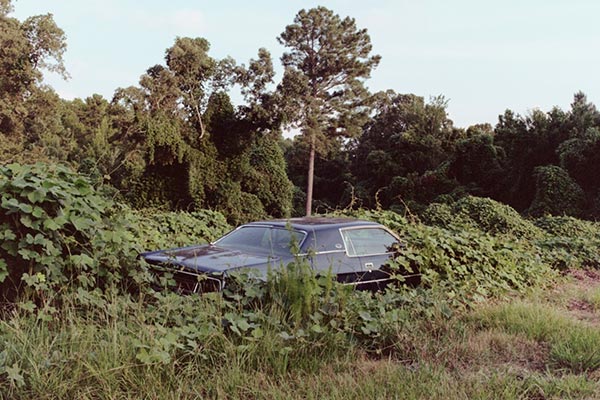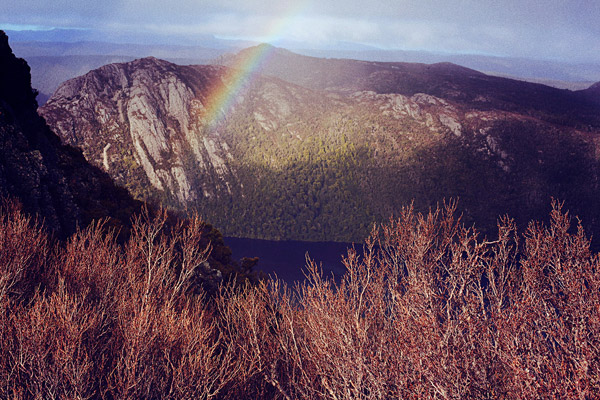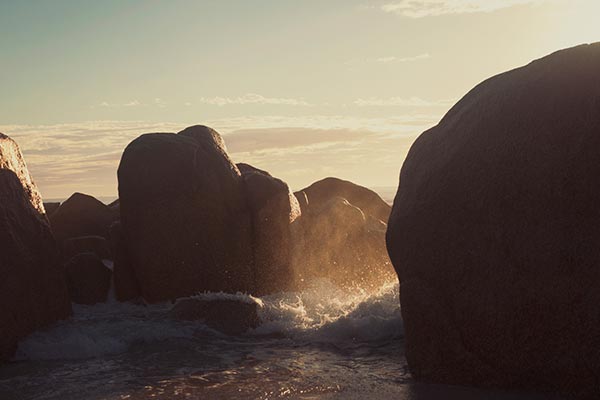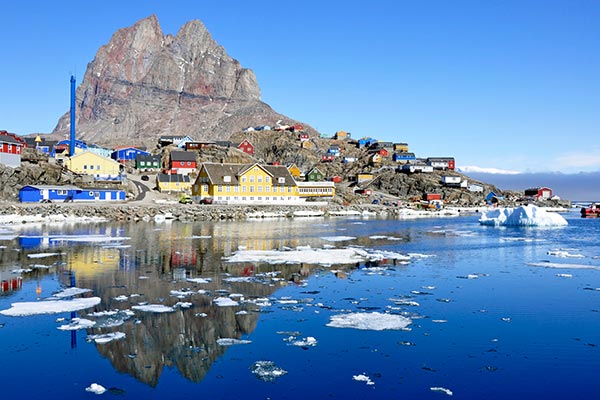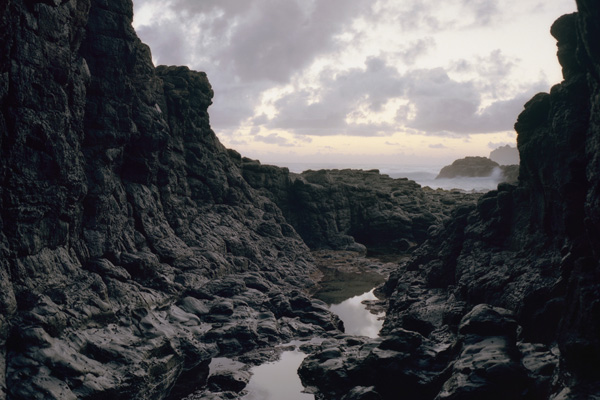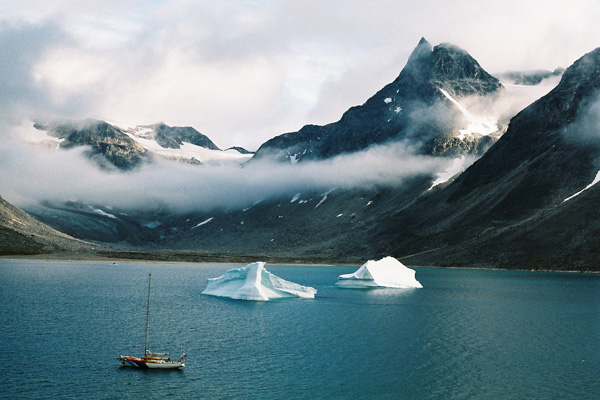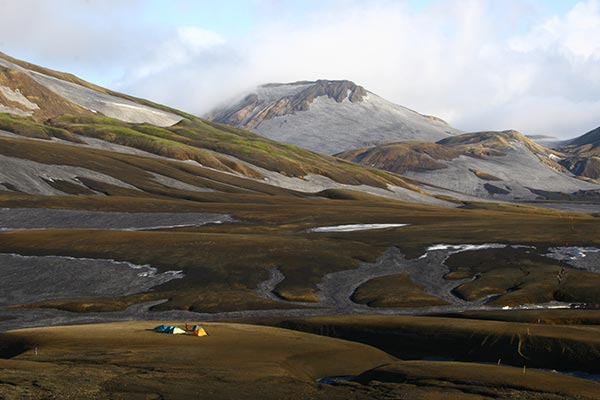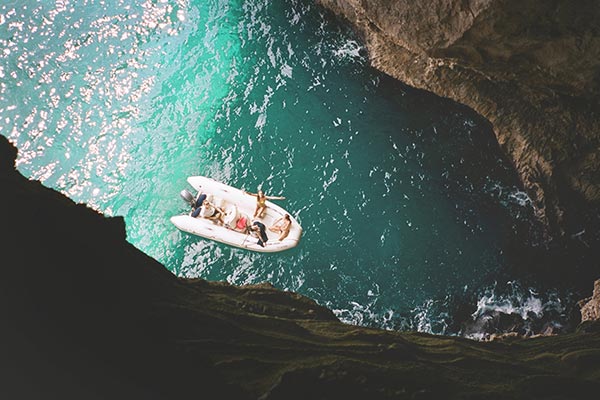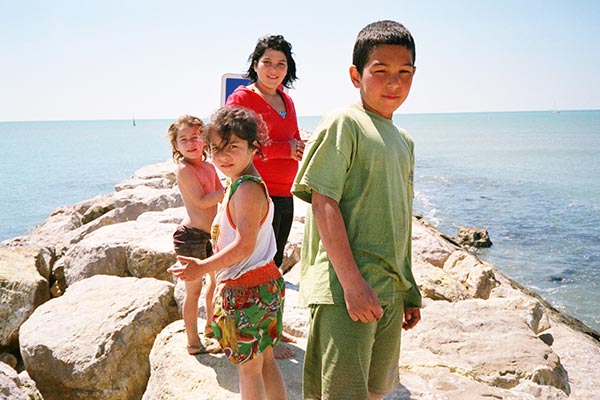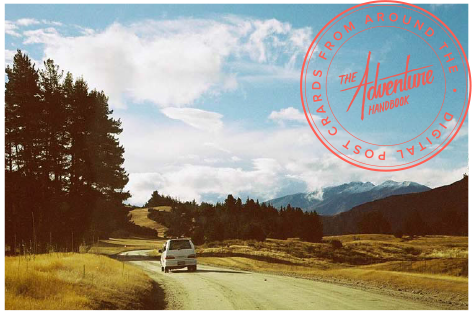Swedish photographers, Inka and Niclas’ photographic practice extends across the insubstantial and object, coalescing time, space, colour and form in tranquil dreamscapes in nature. You’re not so much drawn into their images, as to disappear entirely; in a puff of pink smoke, in the multi-faceted realities of crystals, in deep contemplation. With a new book out this fall (or spring, depending on your side of the globe) which we can’t wait for, we were glad to be given some insight into the Swedish photography duos world of work, wonder and play.
How long have you been creating and photographing together?
We started working together in late 2007 and begun attending group exhibitions and getting published in 2008, before that, we had been helping each other out with individual works for a while. After we started working together It didn’t take us long to realize that going back to working individually again seemed pointless, it’s so much better being two in almost every aspect.
What impact or influence does travel have on your work?
Being interested in the common view on the landscape – our collective image memory etc has led us to work a lot in “classic” sceneries. We are primarily concerned with the psychology around nature and photography. So the traveling has to do with us working with landscapes, but perhaps even more so with the kind of inspiration and chance to work undisturbed that traveling gives us, it sounds like a paradox but, for us traveling has a lot to do with isolation.
Traveling provides us with an opportunity to get away from our daily lives and responsibilities, and this is crucial for us to accomplish our photographic work.
At home in the city, there is work and distractions, such as preparing for shows, sending files, and answering emails. Traveling provides us with an opportunity to get away from our daily lives and responsibilities, and this is crucial for us to accomplish our photographic work.
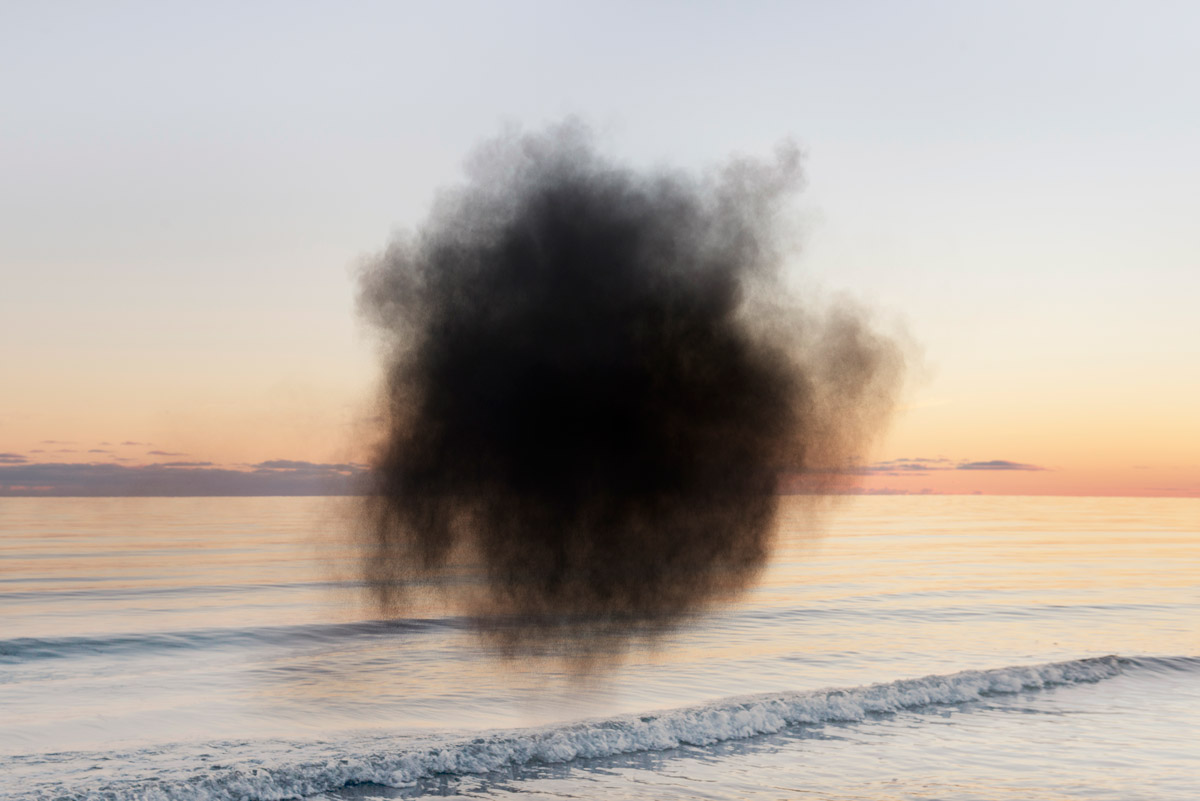
So much of photography does, and doesn’t, reveal much about the people behind the camera. I’m interested in how you construct the situations you photograph – and how you manipulate it/your environment?
Our interest and methods have shifted back and forth and evolved during the years, but our main driving force has always been a true fascination and long-term devotion to photography. In the end, all our works originates from our ever-changing relationships to the medium.
We make a distinction between the physical and photographic realities, and are interested in the interplay between them. By using a sort of brief, simple actions we alter the photographic reality from the physical one.
We make a distinction between the physical and photographic realities, and are interested in the interplay between them.
The actions can be something like throwing powder into the wind, or use light to briefly color some rocks, but the important part is that the result of the actions can’t be experienced in any other way than through the photograph. We see the moment of exposure as as heightened one, and we see those actions and moments that ultimately leads up to a photograph as performances done in alliance with the landscape, the elements and the camera.
In terms of setting up in unfamiliar territory, with natural light, more minimal gear – how do you deal with constraints like this?
It’s really important for us to have a lot of time when working to be able to find good sceneries to work in and wait out the weather and the light. Our process is also usually pretty time-consuming and slow. We are out working for months, and, if everything goes well, we return with a handful of images. We always get around by car and a tent or lately by a motor home. Hiking long distances have never been our thing since that takes up to much planning and energy by itself and we need to minimize all the distractions that keep us from actually photographing. Areas that are accessible and we feel comfortable working and spending a lot of time in works best, meaning pretty much that we can be there working legally and that we don’t need to watch every step for snakes, angry land-owners or other scary stuff. It´s a lot of driving and waiting for the right moment, but we like it and it is also important to the whole process since the boredom usually brings out the good stuff after a while.
When you’re a tourist you’re endlessly surrounded by other tourists, ticking the same boxes, seen this, seen that. But in travel and ‘adventure’ there is in-built challenge of finding somewhere private and untouched. I’m interested in the Watching Humans Watching series because it seems to find balance between the two; there is a sense of intimacy and connection within the tourist experience. Can you elaborate on this series?
When we went on an organised safari to the Ngorogoro Crater in Tanzania 2008, we noticed that groups of safari tourist showed behaviors very similar to the flocks of animals in the park. We got interested in how they moved in seemingly predetermined patterns and dressed in clothes that mimicked the colors of the unfamiliar surrounding.
…we noticed that groups of safari tourist showed behaviors very similar to the flocks of animals in the park.
From that we started to travel to places we knew people would go to explore what is perceived as “untouched” raw nature, by detaching ourselves from the groups and individuals we found, we were are able to approach our subjects with the same distance a nature photographer applies when he/she photographs wild animals. We hid in bushes and developed diversion strategies, if the subjects noticed we were photographing them, the moment was gone and we had to move on.
Watching Humans Watching started as an investigation of the human relationship to nature and the open landscape through the concept of humans as animals. But with time it also came to deal a lot with our perception of nature as the great unknown, expectations of what the nature is supposed to be like, where those expectations come from, and how we are supposed to act in nature.
Many of the tourists in the photographs are are truly mesmerized by the nature they are in, but many of them also seem to be waiting for some kind of magic to happen, like they are expecting unicorns and dinosaurs.
We could be waiting for hours for a person in specifically colored clothes to step up on a cliff in lightning conditions that we like.
When doing the series we were always very specific in what we were after, sometimes almost to the point that it became somehow arranged, only the subjects were not aware of it and we were not really in control of the situation. We could be waiting for hours for a person in specifically colored clothes to step up on a cliff in lightning conditions that we like. For us one of the most rewarding events was when people went awestruck and still, for a couple of seconds they went from subjects to objects, like carefully placed statues in the landscape.
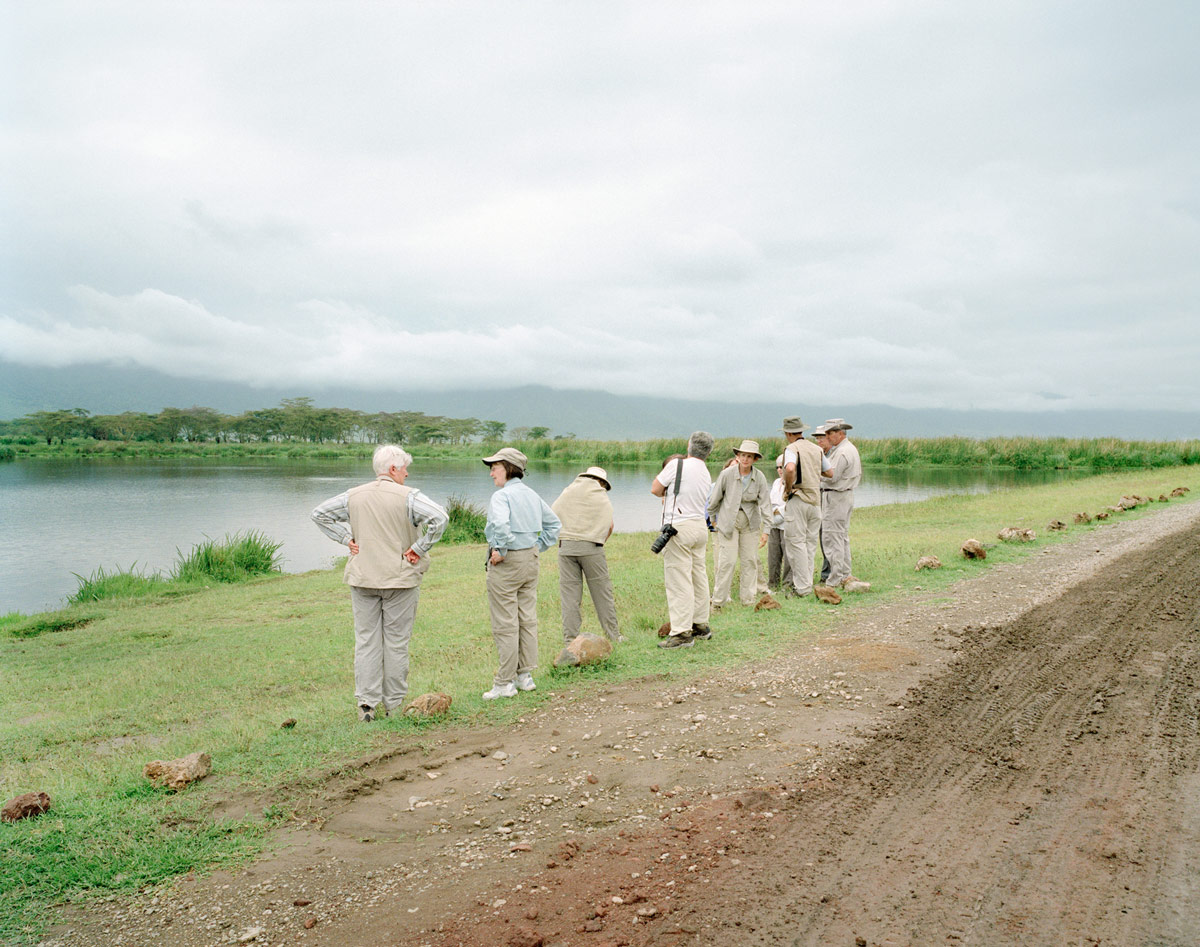
What has been your favourite place to photograph? Or the ‘luckiest moment’?
Oh, we have a lot of those, but if we have to choose one we had a totally magic day in New Zealand. We have worked a lot with sunsets and those pink skies for different reasons over the years. It means that very often we a very short window of time every day when we can actually photograph, maybe 20 minutes or so, then we have to wait 24 hours to do it all over again. So when going around New Zealand we had a couple of ideas that needed a faded, less intense sky. One morning we woke up really early to catch the sunrise at Koekohe Beach. When we arrived at the beach there was this totally magic foggy golden pink sky. We immediately started running around framing, photographing and rearranging stuff in panic thinking it will all go away in 10 minutes. After an hour the light was exactly the same, and we slowed down and just started to think about what to do next. We tried another idea for an hour or so, and the light and the sky stayed exactly the same, like a sunrise frozen in the perfect position. We went on working the whole day until we were totally exhausted, and slowly the perfect sunrise just faded into a perfect sunset. It all felt so surreal.
We have searched for sources and proof of the mystique everywhere from norse mythology to pagan religions, from contemporary popular culture to spiritual postcards in gift shops.
Your work doesn’t only involve physical movement, but transports us in time, taking from mysticism and mythology. From where does your interest in the preternatural extend from?
We have from the very beginning been fascinated with the mystique we feel are surrounding the view on nature. We have searched for sources and proof of the mystique everywhere from norse mythology to pagan religions, from contemporary popular culture to spiritual postcards in gift shops. An interest in the aesthetics and the ritualistic spirit connected with the occult has brought us to make photographs that somewhat hooks on to our associations with all that. We do often refer to a photograph or a landscape as being Death Metal, and meaning that in a very positive way.
Do you think there is na identifiable Swedish sensibility in your approach?
Maybe in the way that a lot of Swedish art seem to be focused on nature. But in the same time we are actively trying hard not to do be so Swedish all the time. But that is probably the most Swedish thing of it all, to think that you can escape being typical Swedish, of course that’s not going to work.
Also, since this is the last question of the interview, we have to promote our upcoming book The Belt Of Venus and The Shadow of the Earth coming out this fall, it’s going to be great!
Follow our progress with the book at our brand new Insta account @inkaandniclas
Interview by Emilia for AHB with Inka & Niclas.
Receive a postcard from us sign up

